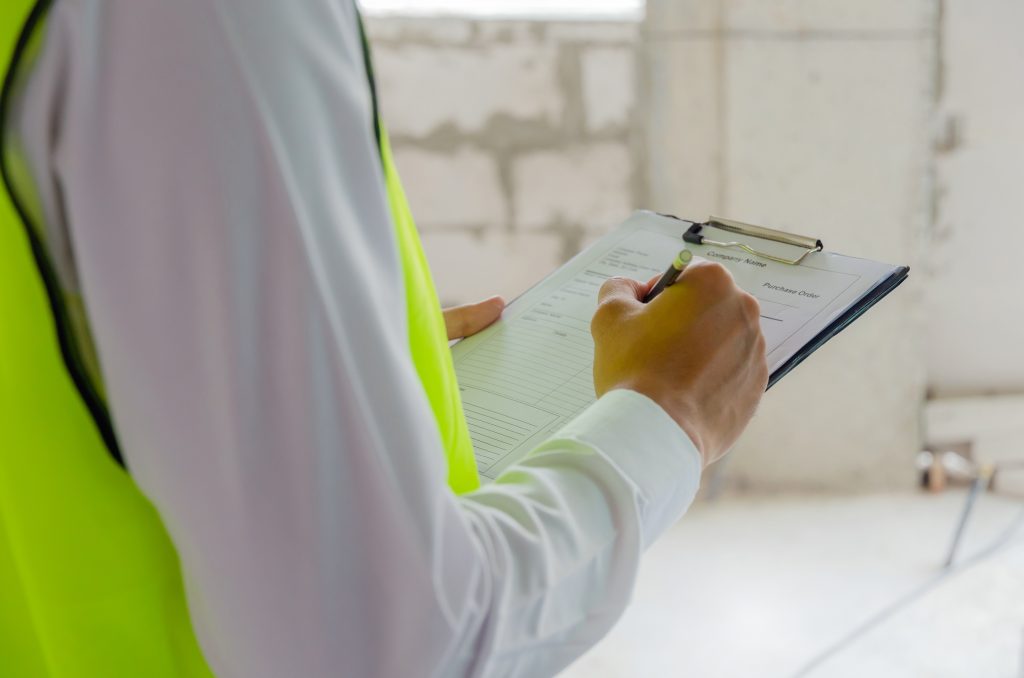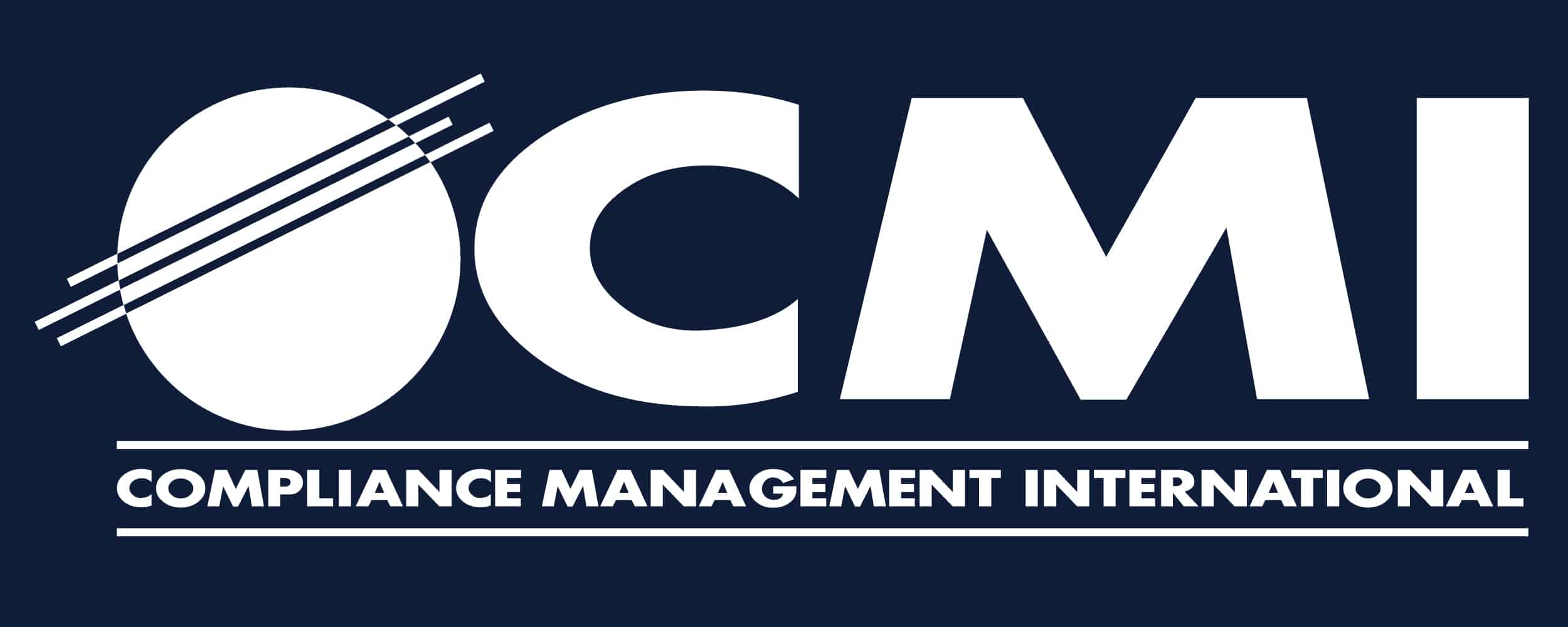
The Occupational Health and Safety Administration (OSHA) is finding new ways to keep employers accountable for upholding health and safety standards. As you can imagine, it would be impossible for OSHA to visit every company to check for compliance and the Severe Violator Enforcement Program (SVEP), makes repeat offenders known publicly through a published list online.
What exactly is the Severe Violator Enforcement Program or SVEP? The SVEP is aimed at “inspecting employers that have demonstrated indifference to their OSHA Act obligations by committing willful, repeat, or failure-to-abate violations”. This program is enforced by having severe violators undergo mandatory follow-up inspections both at a local and corporate wide level, revised settlement provisions and possible federal court enforcement. The SVEP makes repeat offenders known publicly through a published list online.
The criteria for being added to OSHA’s SVEP is:
- Fatality/Catastrophe Criterion
- A fatality/ catastrophe inspection where OSHA finds at least one willful or repeat violation or issues a failure-to-abate notice based on a serious violation directly related to an employee death or an incident causing three or more employee hospitalizations.
- Non-Fatality/ Catastrophe Criterion
- An inspection where OSHA finds at least two willful or repeat violations or issues a failure-to-abate notice (or any combination of these violations/notices), based on the presence of high gravity serious violations.
- Egregious Criterion
- All egregious enforcement actions are considered SVEP cases. This means a company had persistently high rates of illness/injury or fatalities; extensive history of prior violations; intentional disregard of health and safety responsibilities; or bad faith (a plain indifference to standards or requirements).
There is growing concern among employers about the SVEP. Recent data reveals that approximately 75% of all companies on the public SVEP list (Public SVEP Log) have less than 100 employees at the site. Some employers argue that this is because most smaller companies have less sophisticated safety programs, as opposed to larger companies that have more resources. Being on the list can tarnish a small company’s reputation and potential clients may back away from working with them; leaving larger companies, with more resources to manage their safety program, able to take advantage of more business opportunities.
Once a company is on the SVEP list they must wait three years from the date OSHA received an acceptable abatement verification for all violations. These employers must also have abated all SVEP-related hazards, paid all final penalties; completed all application settlement provisions; received no additional serious citations related to the hazards identified in the original SVEP inspection location or any related establishments; and have received one follow-up or referral OSHA inspection. Small employers struggle with the volume of corrective actions and abatement activities that it takes to get off the list and then maintain a compliant program.
CMI specializes in assisting small to medium size employers with establishing and maintaining their occupational health and safety program. Our team of experts can assist with policy development, employee training, industrial hygiene services and ongoing compliance support.
Written by Andrew Belasic, Associate Health & Safety Specialist
